Planning a trip to Italy? You might be torn between Turin and Milan, two of the country’s most captivating cities. While both offer rich history, stunning architecture, and mouthwatering cuisine, they have a unique charm.
Turin shines with its elegant baroque streets, royal palaces, and world-class chocolate, while Milan dazzles visitors with its iconic Duomo, high-end fashion, and vibrant arts scene. Choosing between these northern Italian gems can be tricky. Turin boasts a more laid-back vibe, with wide boulevards and charming cafes perfect for sipping espresso.
It’s also a gateway to the picturesque Piedmont wine region. Milan, on the other hand, pulses with energy as Italy’s business and fashion capital. Its bustling streets are lined with designer boutiques and trendy restaurants.
Both cities are packed with museums, but Turin’s offerings tend to be more quirky and family-friendly. Milan leads nightlife and shopping, though Turin’s aperitivo scene is not to be missed.
Key Takeaways
- Turin offers baroque elegance and chocolate, while Milan shines with fashion and its iconic Duomo.
- Both cities boast rich cultural experiences, but Turin is more laid-back than Milan’s bustling energy.
- Turin and Milan provide unique bases for exploring northern Italy’s diverse attractions.
Historic Significance and Heritage
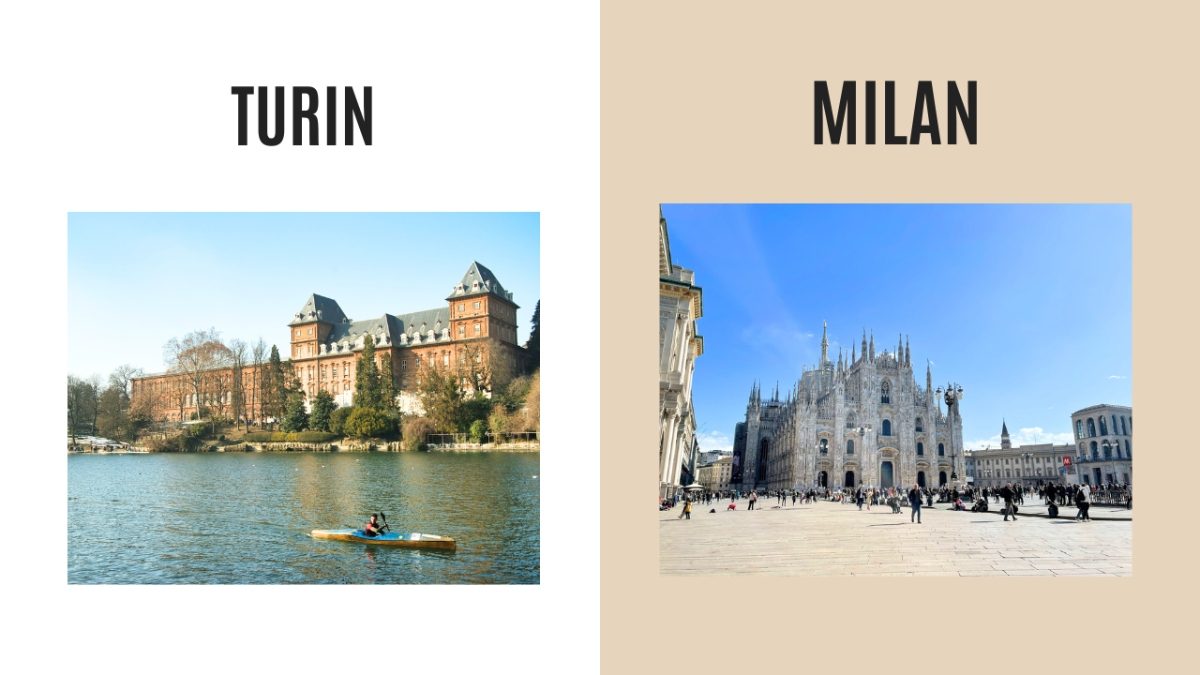
Turin and Milan both boast rich histories stretching back centuries. These northern Italian cities are steeped in cultural traditions, artistic treasures, and architectural wonders that reflect their royal and industrial pasts.
Royal Past and Palaces
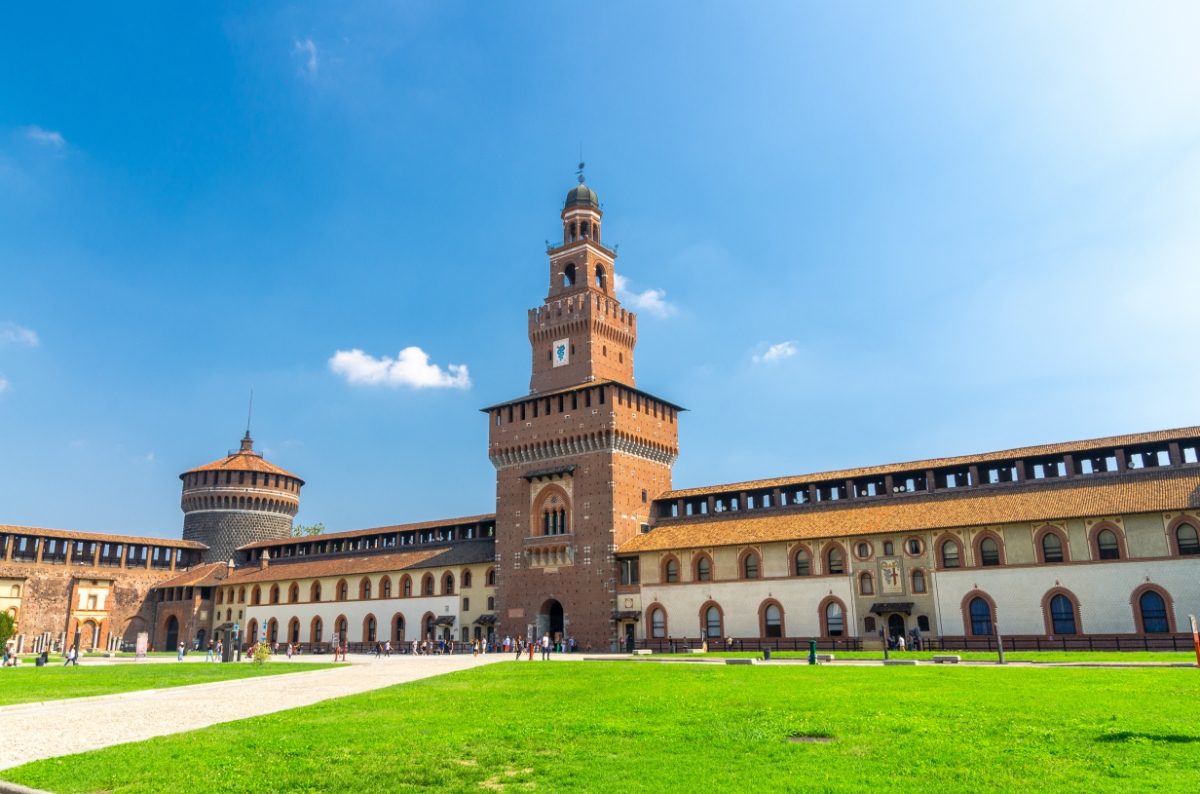
Turin’s royal heritage shines through its grand palaces. The Royal Palace of Turin, once home to the House of Savoy, amazes visitors with its opulent rooms and gardens.
Nearby, Palazzo Madama blends medieval and baroque styles. For a taste of countryside splendor, head to Venaria Reale. This massive palace complex rivals Versailles.
Milan’s royal history is less prominent, but Castello Sforzesco reminds us of its ducal past. This massive fortress now houses several museums. Art lovers shouldn’t miss the Pinacoteca di Brera in a former royal palace.
Iconic Museums and Galleries
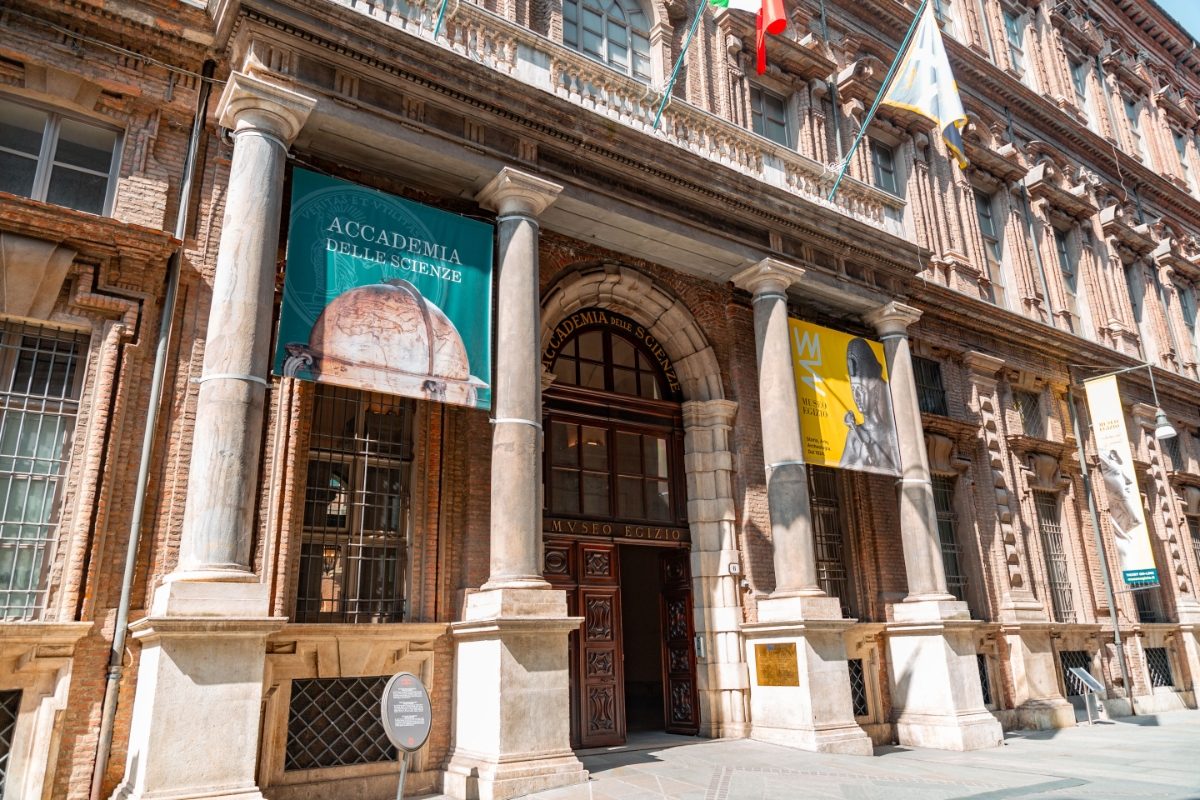
Turin’s museum scene is world-class. The Egyptian Museum is second only to Cairo in its collection of ancient artifacts. Film buffs will love the National Museum of Cinema in the iconic Mole Antonelliana Tower.
Milan counters with artistic heavy-hitters. The Pinacoteca di Brera showcases Italian masters.
But the city’s crown jewel is Leonardo da Vinci’s “Last Supper” fresco—book tickets to see this masterpiece at Santa Maria delle Grazie church.
World Heritage and Landmarks

Both cities boast UNESCO World Heritage Sites. In Turin, the royal residences of the House of Savoy, including the Royal Palace, Palazzo Madama, and Castello del Valentino, earned this honor.
Milan’s Gothic cathedral is its most recognizable landmark. The Duomo took nearly six centuries to complete.
Its forest of spires and statues is breathtaking. Nearby, the Galleria Vittorio Emanuele II arcade is a temple to luxury shopping.
Turin’s elegant squares and porticoed streets give it a regal air. Milan’s skyline mixes historic spires with modern skyscrapers, reflecting its evolution as Italy’s business capital.
Cultural Experiences and Art
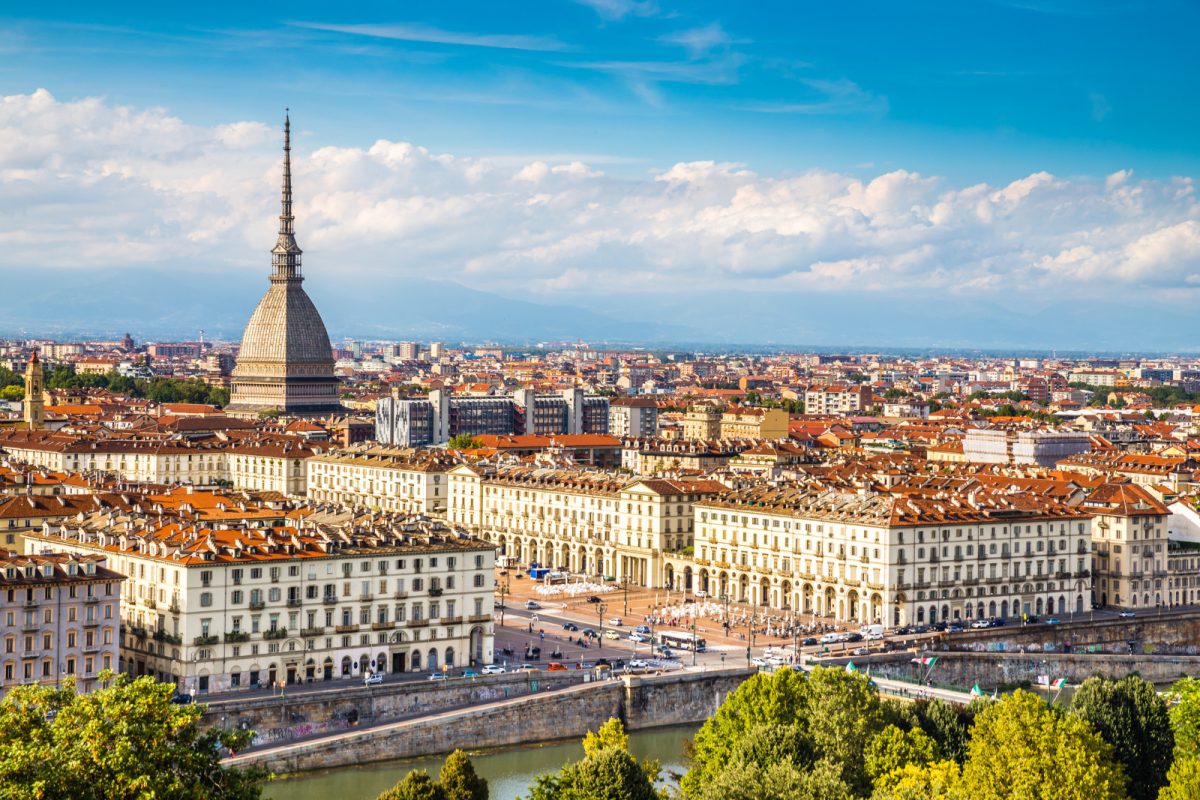
Turin and Milan offer rich cultural scenes that span centuries. Both cities boast world-class museums, vibrant art movements, and thrilling live performances that captivate visitors and locals alike.
World-Class Museums
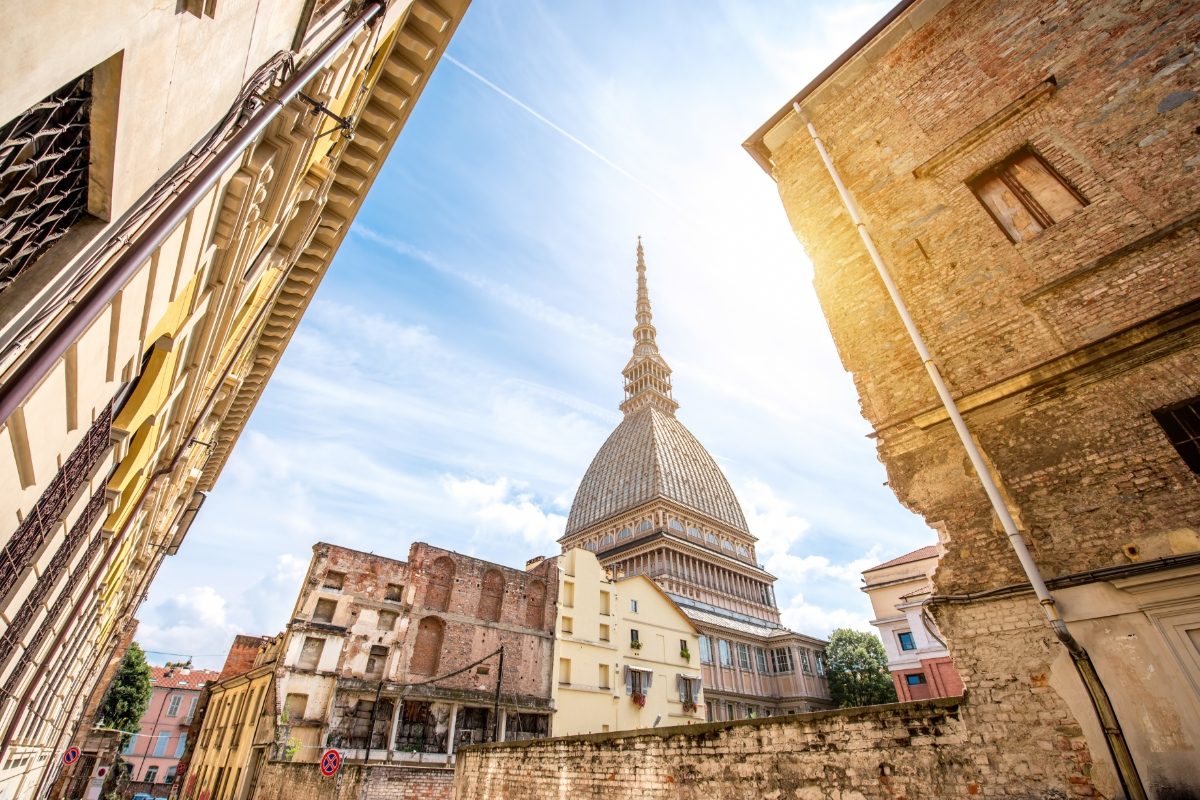
Turin’s Egyptian Museum is a must-see. It’s the largest collection of Egyptian artifacts outside Cairo.
The museum houses over 30,000 pieces, including mummies, papyri, and ancient jewelry. Tickets cost about €15 ($16).
Milan’s Pinacoteca di Brera is a treasure trove of Italian paintings. It features works by Raphael, Caravaggio, and Bellini.
The museum is in a beautiful palazzo with a peaceful courtyard. Admission is €10 ($11).
Don’t miss Turin’s National Museum of Cinema. It’s inside the iconic Mole Antonelliana.
The museum explores film history with interactive exhibits. The views from the top are amazing. Entry is €11 ($12).
Art Movements through History
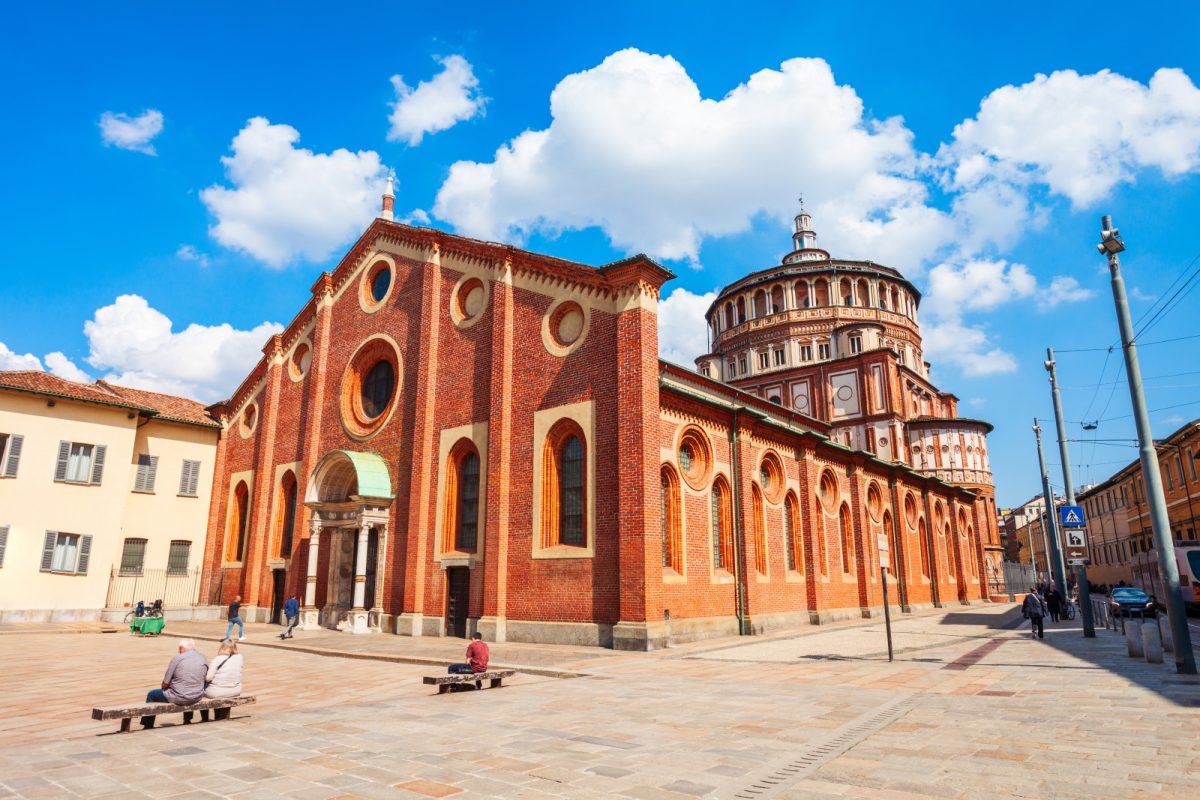
Turin shines with its Art Nouveau architecture. The city has over 150 buildings in this style.
Stroll down Via Pietro Micca to see some gems. Casa Fenoglio-Lafleur is a standout with its colorful facade.
Milan is famous for its Gothic and Renaissance art. The Last Supper by Leonardo da Vinci is a highlight. Book tickets well in advance—they sell out fast! It’s in the Santa Maria delle Grazie church.
Both cities have great contemporary art scenes. Turin’s Fondazione Sandretto Re Rebaudengo showcases cutting-edge works. Milan’s Fondazione Prada is a modern art lover’s dream.
Live Performances and Music
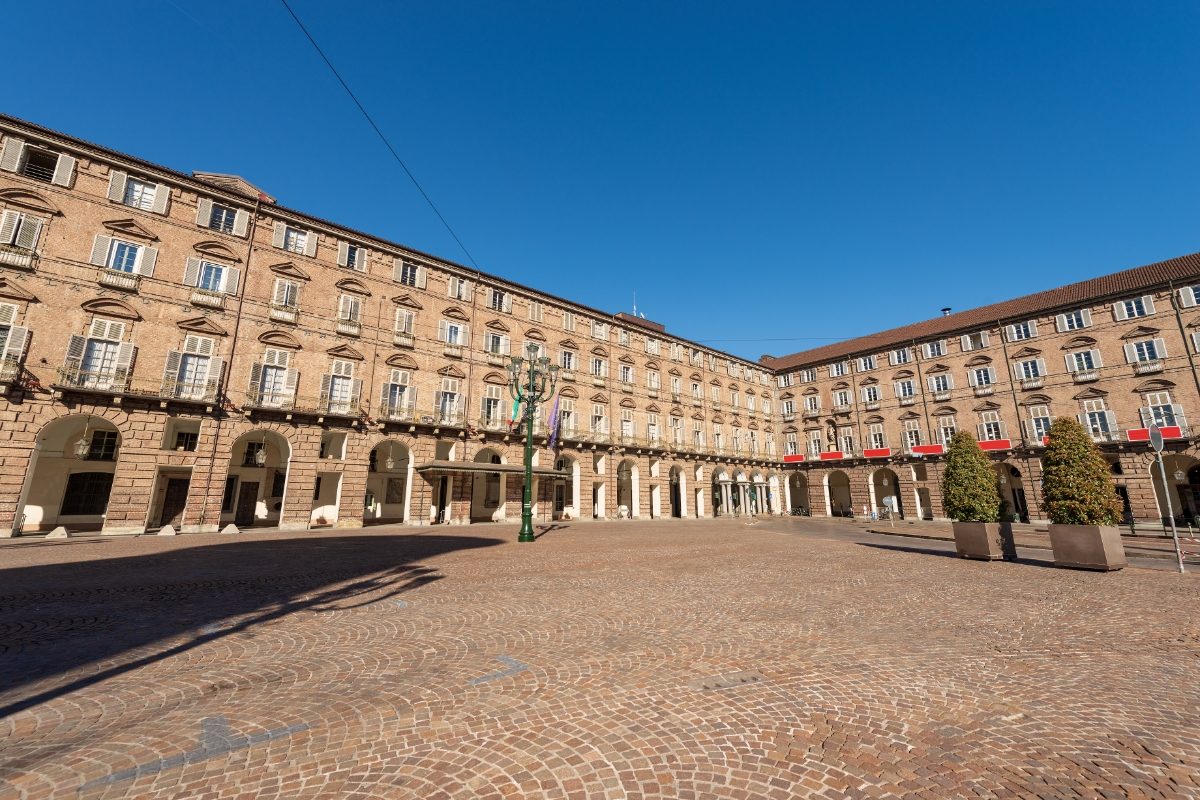
Milan’s La Scala is one of the world’s top opera houses. Even if you can’t get tickets, take a tour to see its opulent interior. Tours cost about €25 ($27).
Turin’s Teatro Regio is great for opera and ballet. It’s less famous than La Scala but still world-class.
The acoustics are fantastic. Try to catch a performance during your visit.
For live music, both cities have vibrant scenes. Milan’s Blue Note is perfect for jazz fans.
Turin’s Jazz Club Torino hosts top local and international acts. These venues offer a more laid-back vibe than the fancy opera houses.
Culinary Delights and Gastronomy
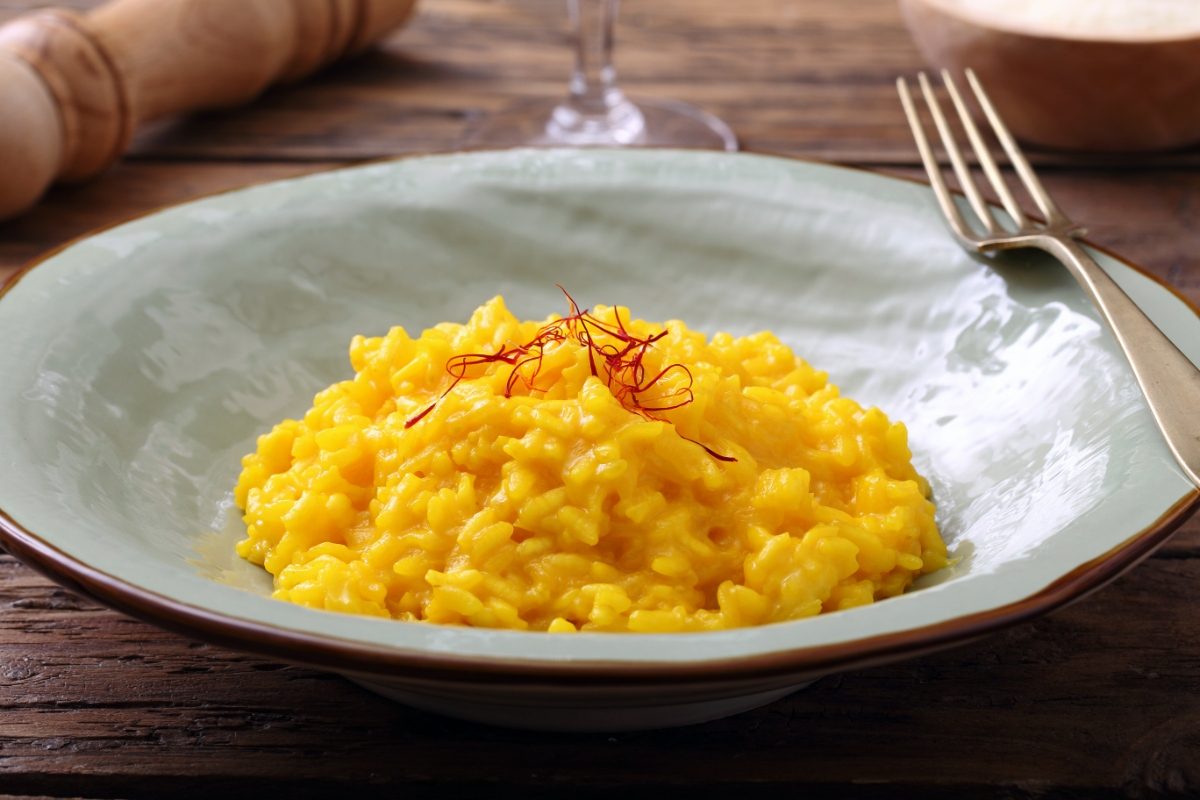
Turin and Milan offer tantalizing food scenes showcasing the best northern Italian cuisine. Both cities have unique culinary traditions and foodie hotspots that delight any gastronome.
Local Cuisine and Traditions
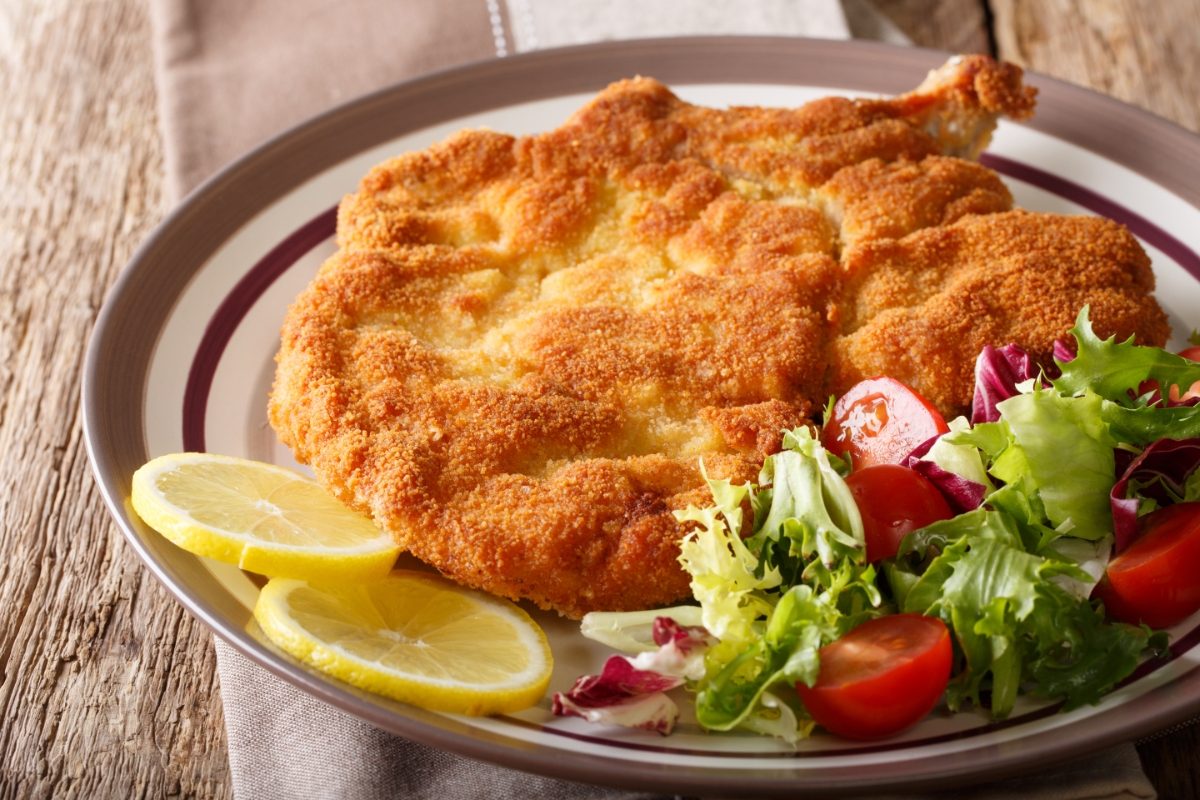
Turin’s food culture revolves around rich Piedmontese specialties. The city is famous for its chocolate, with gianduja (chocolate-hazelnut spread) being a local favorite. Coffee culture thrives here, too – Turin’s historic cafes serve bicerin, a layered drink of espresso, chocolate, and cream.
Hearty dishes like agnolotti pasta and brasato al Barolo (beef braised in Barolo wine) are Turin staples. In autumn, the city goes crazy for white truffles, shaving them over risottos and pasta.
Milan’s cuisine tends to be heartier. The iconic Milanese dishes are Ossobuco (braised veal shanks) and golden saffron risotto.
Cotoletta alla Milanese – a breaded veal cutlet – is another must-try. For dessert, panettone originated here.
Both cities have great aperitivo scenes. In Milan, your cocktail often comes with substantial snacks. Turin pairs its aperitifs with little fried foods called friciulin.
Foodie Destinations and Restaurants
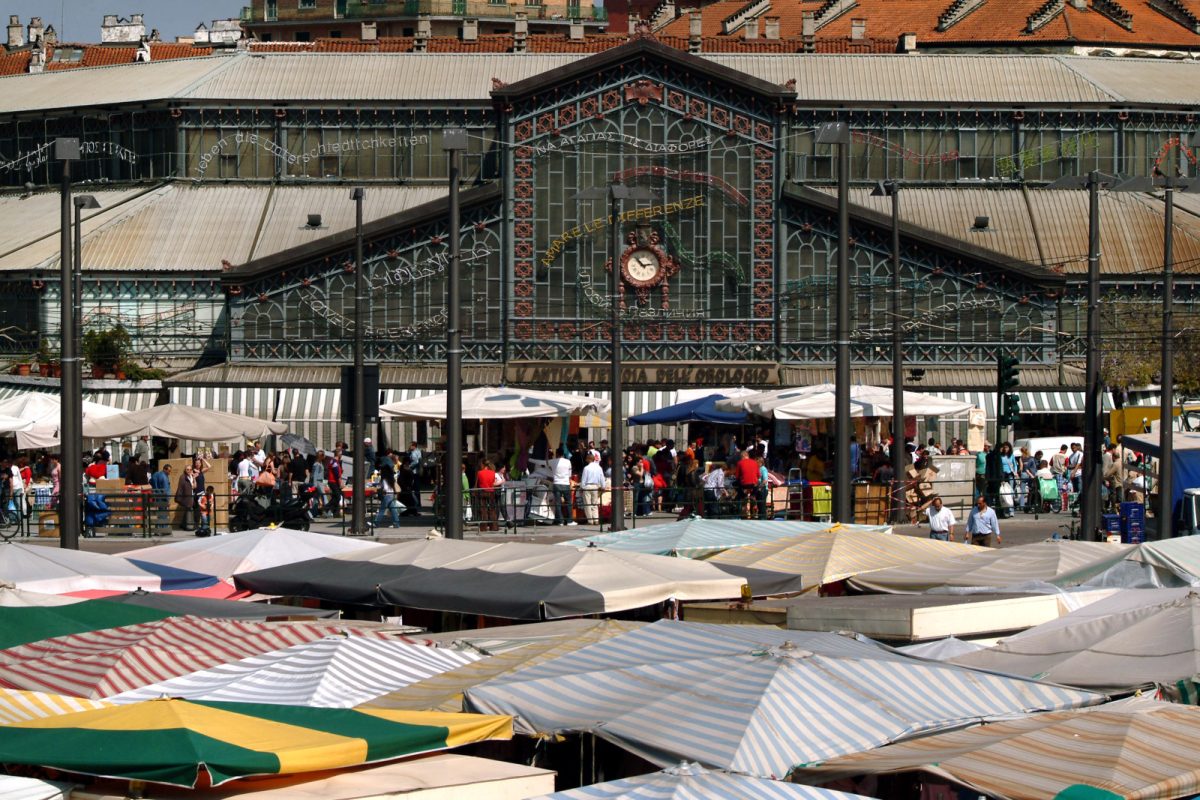
Turin’s Porta Palazzo market is Europe’s largest open-air market. It’s a feast for the senses, with stalls selling local produce, cheeses, and cured meats. The Eataly Lingotto megastore is foodie heaven, offering tastings and cooking classes.
Try the 3-Michelin-starred Piazza Duomo in nearby Alba (€250 tasting menu) for fine dining. In Turin, Casa Vicina serves creative Piedmontese cuisine.
Milan’s culinary hotspots include the trendy Navigli district, lined with restaurants and bars. The historic Peck deli is a gourmet’s dream. Splurge on the 2-Michelin-starred Seta at the Mandarin Oriental (€260 tasting menu).
For a taste of old Milan, try Ratanà. It serves updated versions of traditional dishes in a former railway depot. Budget-friendly? Grab a slice at Spontini, a Milan institution since 1953.
Slow Food Movement
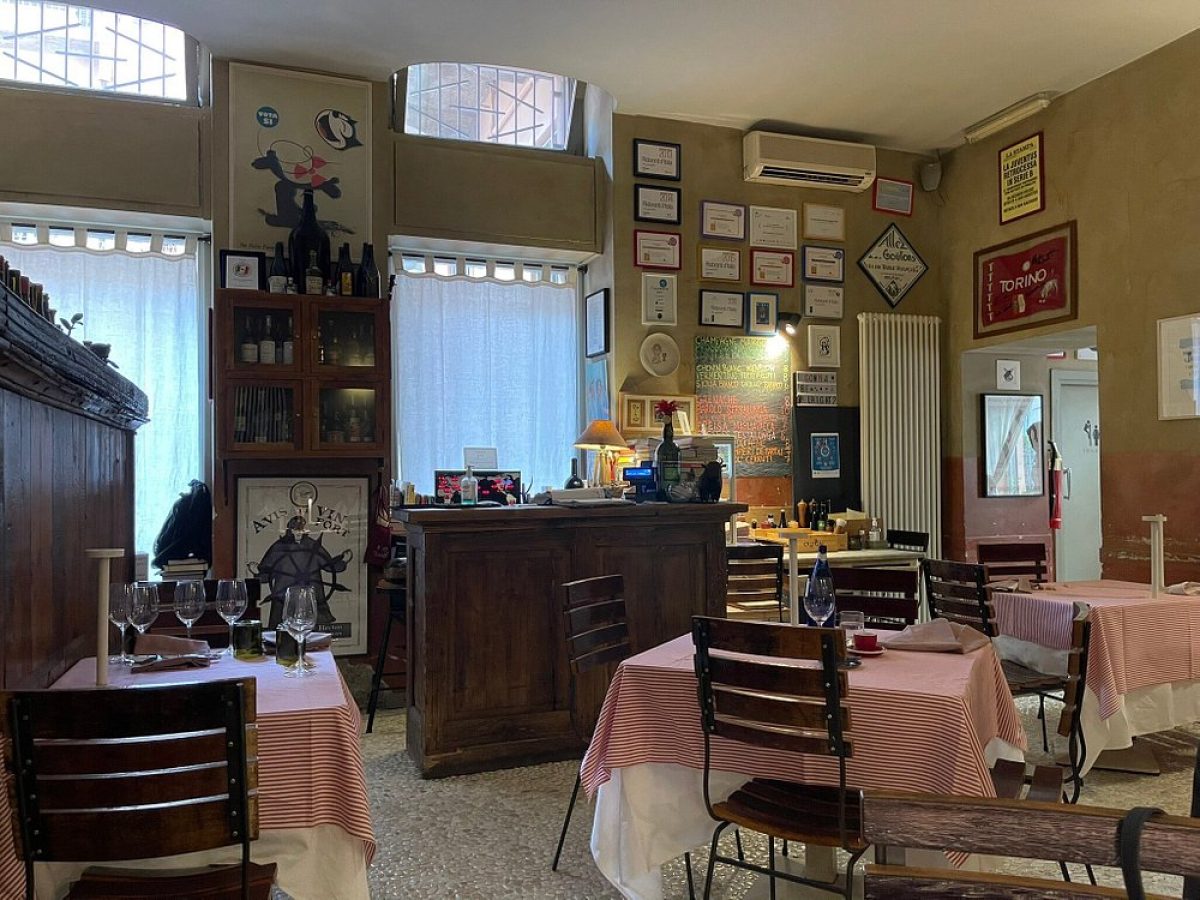
The Slow Food movement started near Turin in 1986. It promotes local food traditions and sustainable agriculture. Turin hosts the biennial Terra Madre Salone del Gusto, the world’s biggest food and wine fair.
The movement has shaped both cities’ food scenes. You’ll find lots of farm-to-table restaurants and artisanal food shops.
In Turin, try Consorzio for Slow Food-approved dishes. Milan’s Joia, the first vegetarian restaurant to earn a Michelin star in Europe, embraces Slow Food principles.
Farmers’ markets are big in both cities. Milan’s Mercato Agricolo is a Saturday morning tradition, and Turin’s Mercato di Campagna Amica sells produce directly from local farms.
Both cities offer food tours focusing on the Slow Food philosophy. These tours are a great way to taste local specialties and learn about food traditions. Prices range from €50-100 per person.
See Related: Sustainable Travel in Italy: Eco-Friendly Destinations and Tips
Fashion and Lifestyle
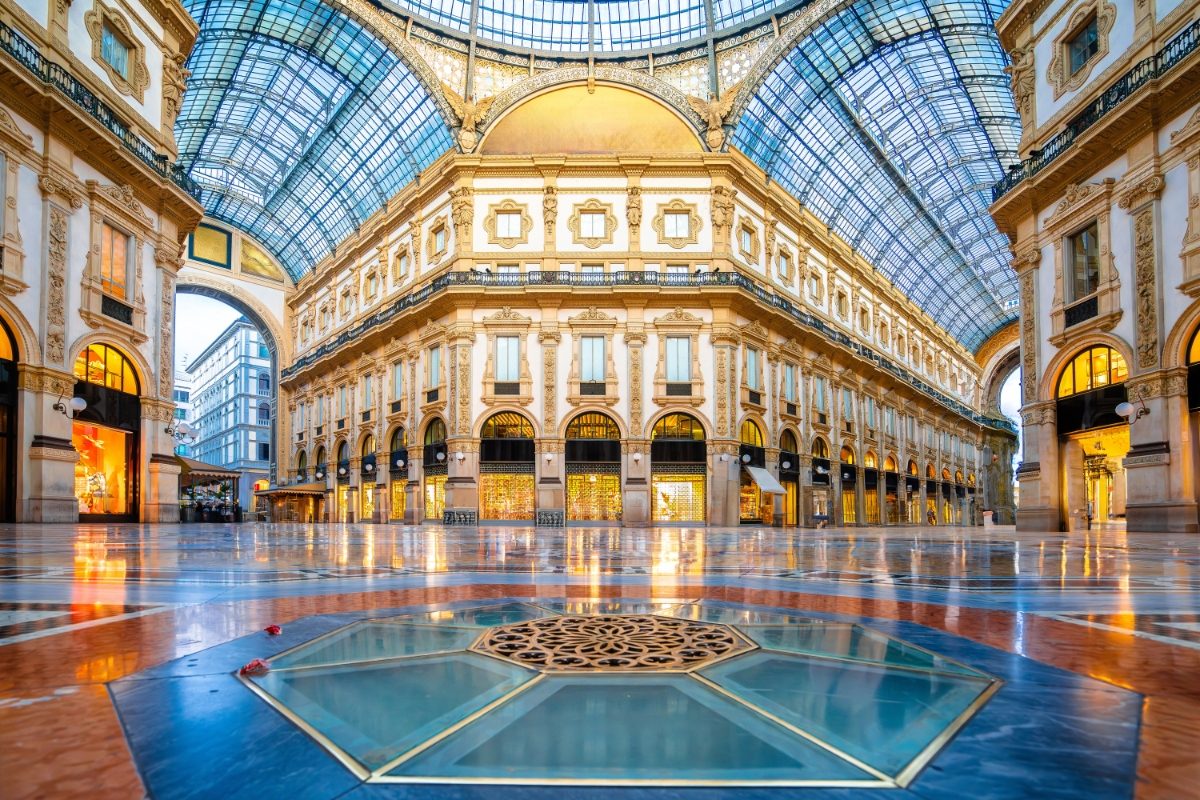
Milan and Turin both offer unique fashion scenes and lifestyles but with distinct flavors. Milan shines as a global fashion capital, while Turin exudes elegant old-world charm.
Iconic Fashion Districts
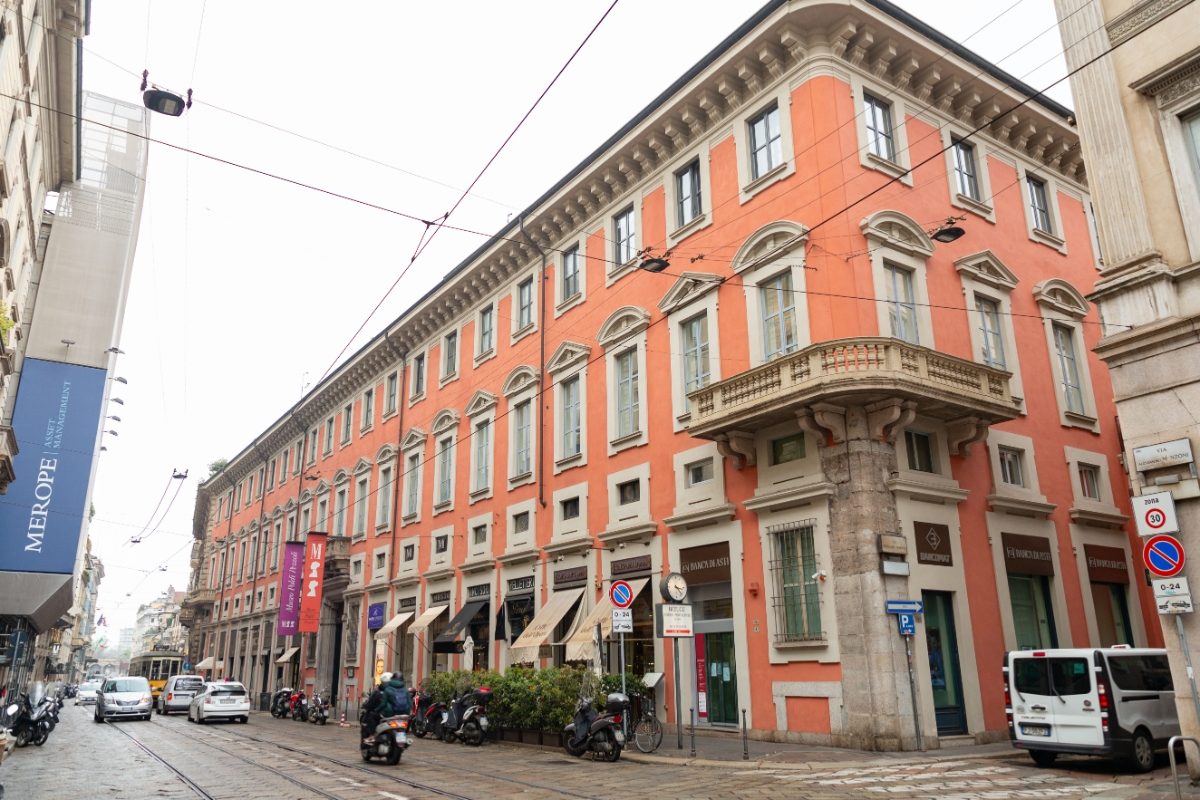
Milan’s fashion district, the Quadrilatero della Moda, is world-famous. It’s home to luxury brands like Prada, Gucci, and Versace. The stunning Galleria Vittorio Emanuele II houses high-end shops in a gorgeous 19th-century arcade.
Turin’s fashion scene is more low-key but still stylish. Via Roma and Via Garibaldi form the main shopping streets.
They’re lined with both Italian and international brands. The city’s historic cafes and chocolate shops add a touch of refined indulgence to the mix.
Fashion Week and Events
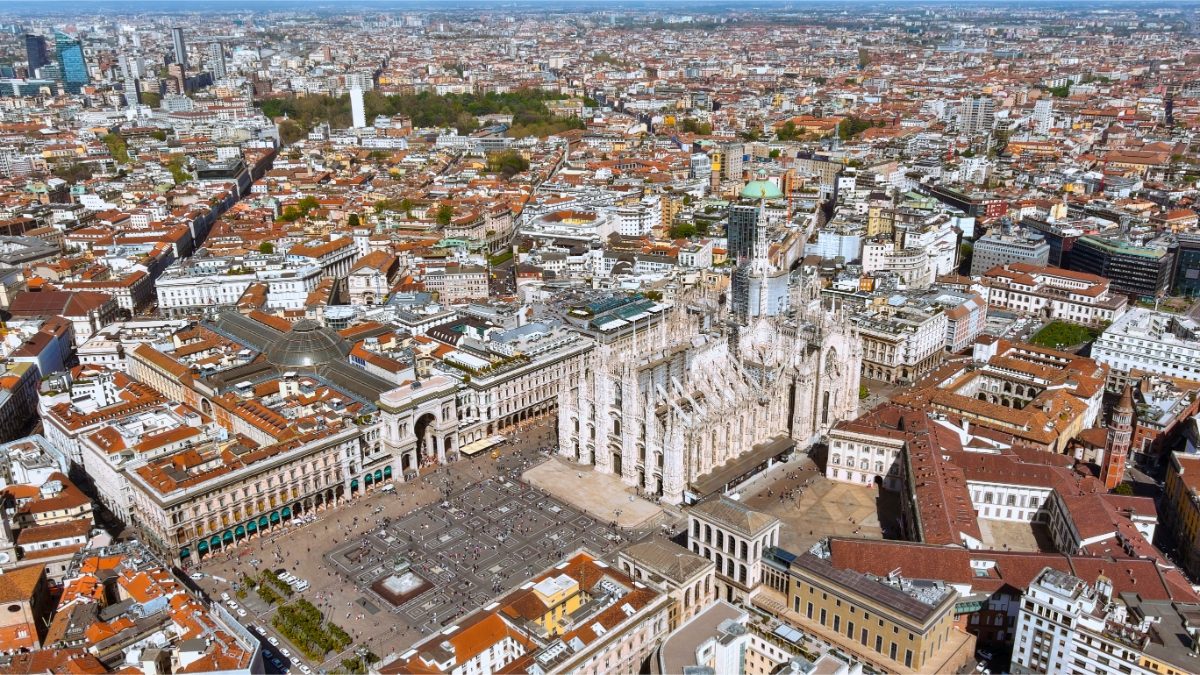
Milan Fashion Week is one of the “Big Four” global fashion weeks. It attracts top designers, models, and fashionistas from around the world. The city buzzes with runway shows, parties, and events twice yearly.
Turin hosts its fashion week, too, though on a smaller scale. It focuses more on up-and-coming designers and sustainable fashion. The city also organizes quirky events like the Torino Fashion Week, which blends fashion with food and wine.
Luxury Brands and Shopping
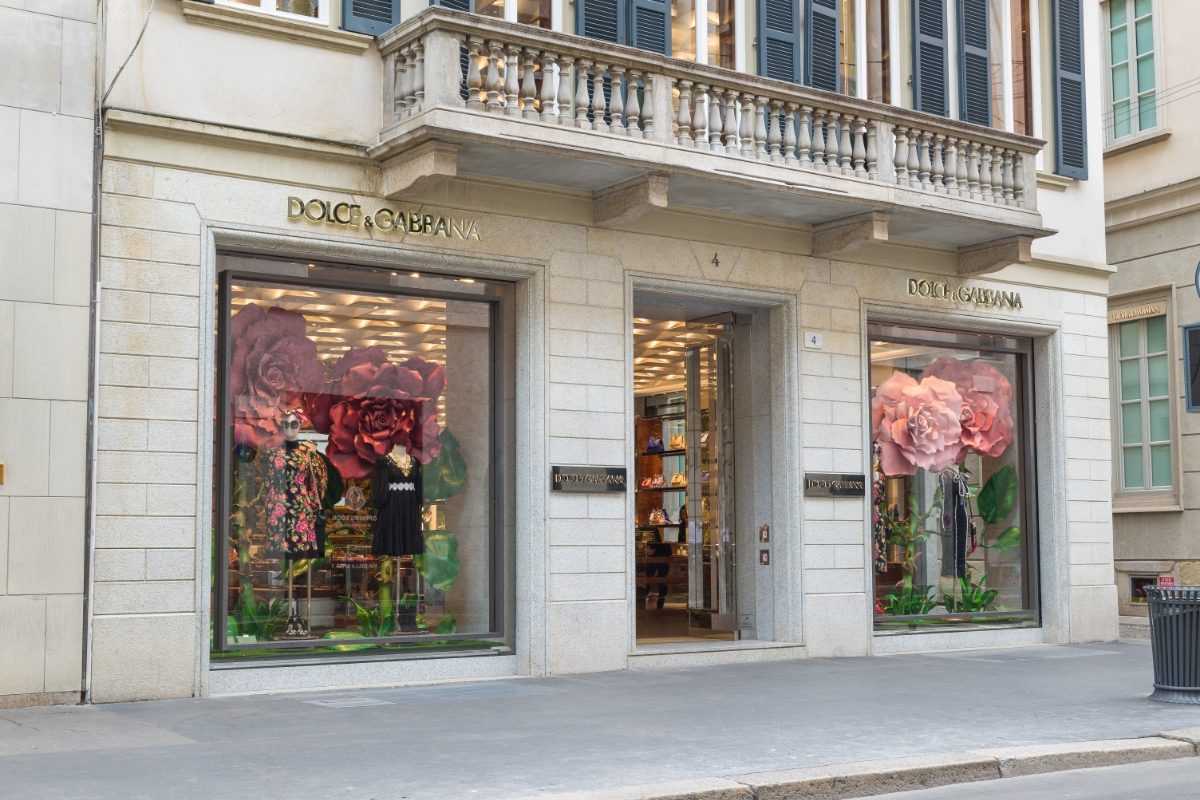
Milan is a shopper’s paradise. The city boasts flagship stores of nearly every major fashion house.
The 10 Corso Como concept store is a must-visit for fashion lovers. It’s a blend of gallery, cafe, and high-end boutique.
Turin offers a mix of luxury and more accessible shopping. The Porta Palazzo market is Europe’s largest open-air market, and it is great for finding unique pieces and local designs. For luxury, head to Via Roma, where you’ll find brands like Louis Vuitton and Hermès.
Prices in both cities can be steep. A designer handbag might set you back €1,000-€5,000. However, deals are to be found, especially during the twice-yearly sales in January and July.
Urban Leisure and Nightlife
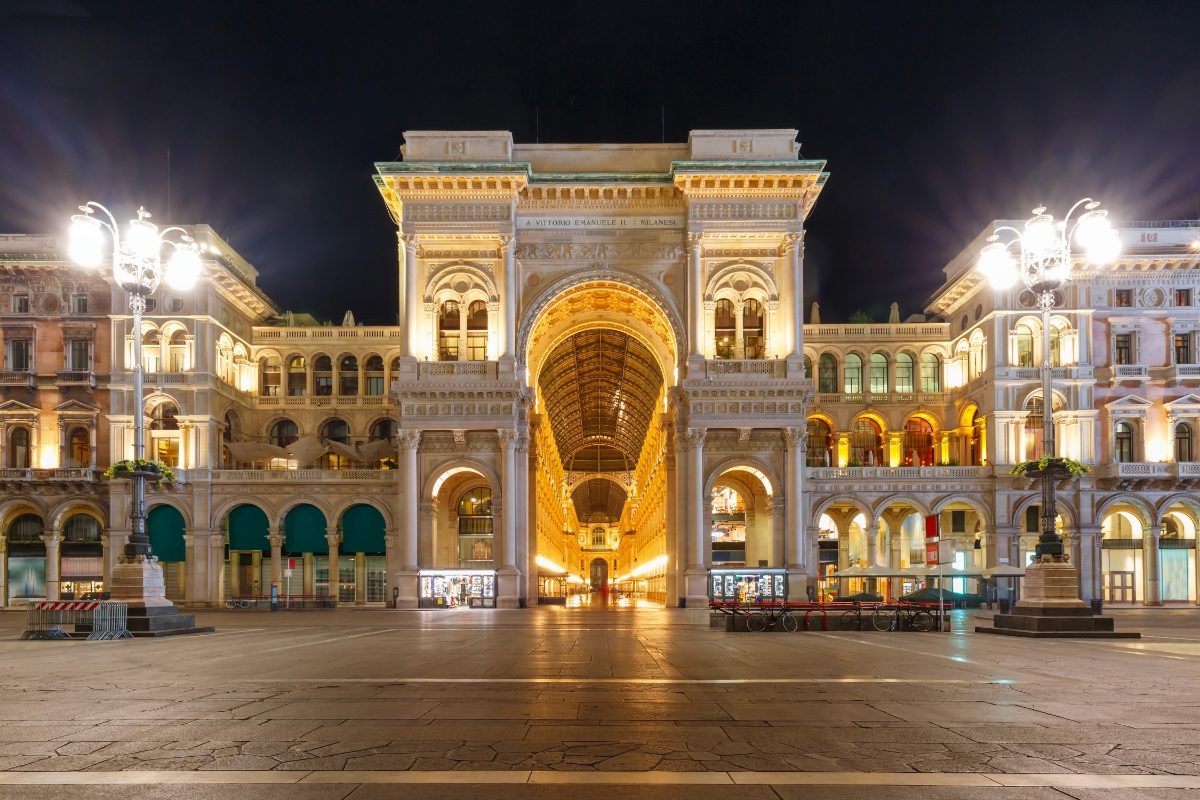
Milan and Turin offer vibrant urban scenes with trendy districts, lively nightlife, and beautiful green spaces. Both cities cater to different tastes, from fashionable bars to relaxing parks.
Trendy Neighborhoods
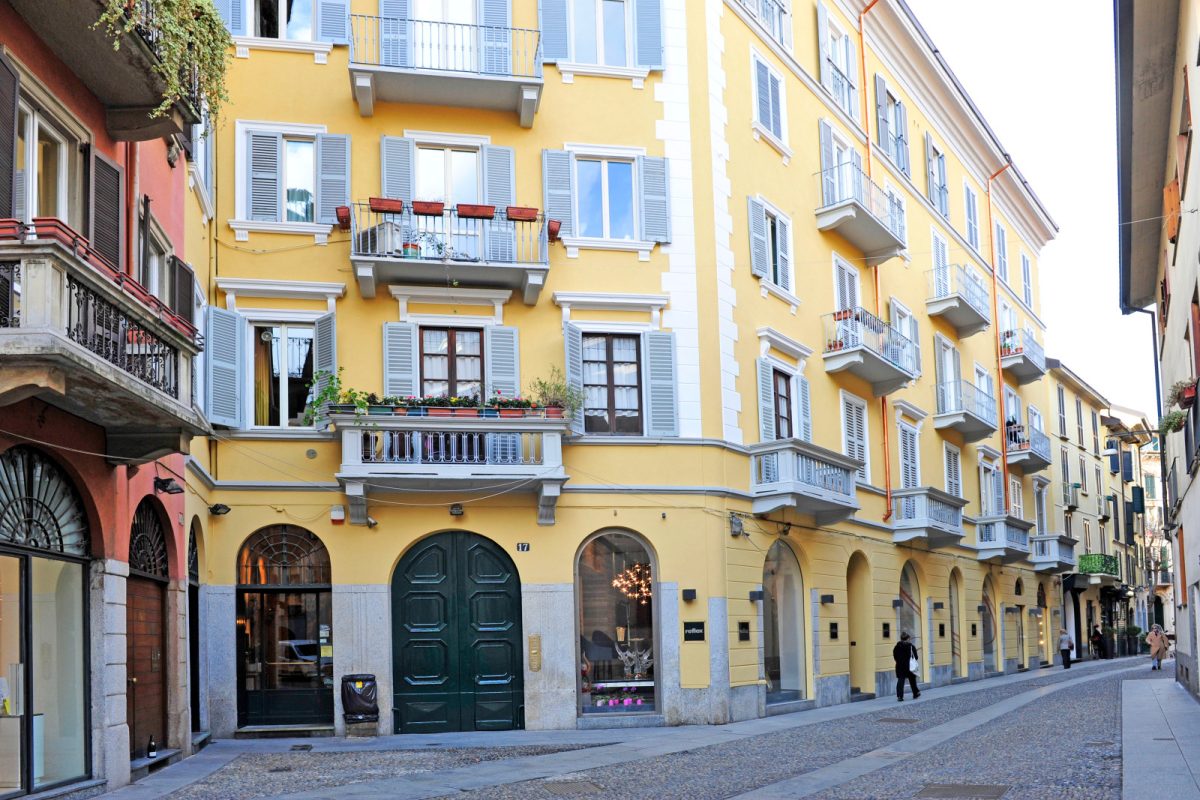
Milan’s Navigli district is a hotspot for young locals and tourists. This area features charming canals lined with cafes, bars, and boutiques.
It’s perfect for aperitivo, the Italian happy hour tradition. Drinks cost €8-15.
Turin’s San Salvario neighborhood is the place to be for hipsters and foodies. It’s packed with quirky shops, art galleries, and ethnic restaurants. The area comes alive at night with its many cocktail bars and live music venues.
Brera in Milan is another trendy spot. It’s known for its artistic vibe, cobblestone streets, and high-end boutiques, making it great for a romantic evening stroll.
Bars and Nightlife
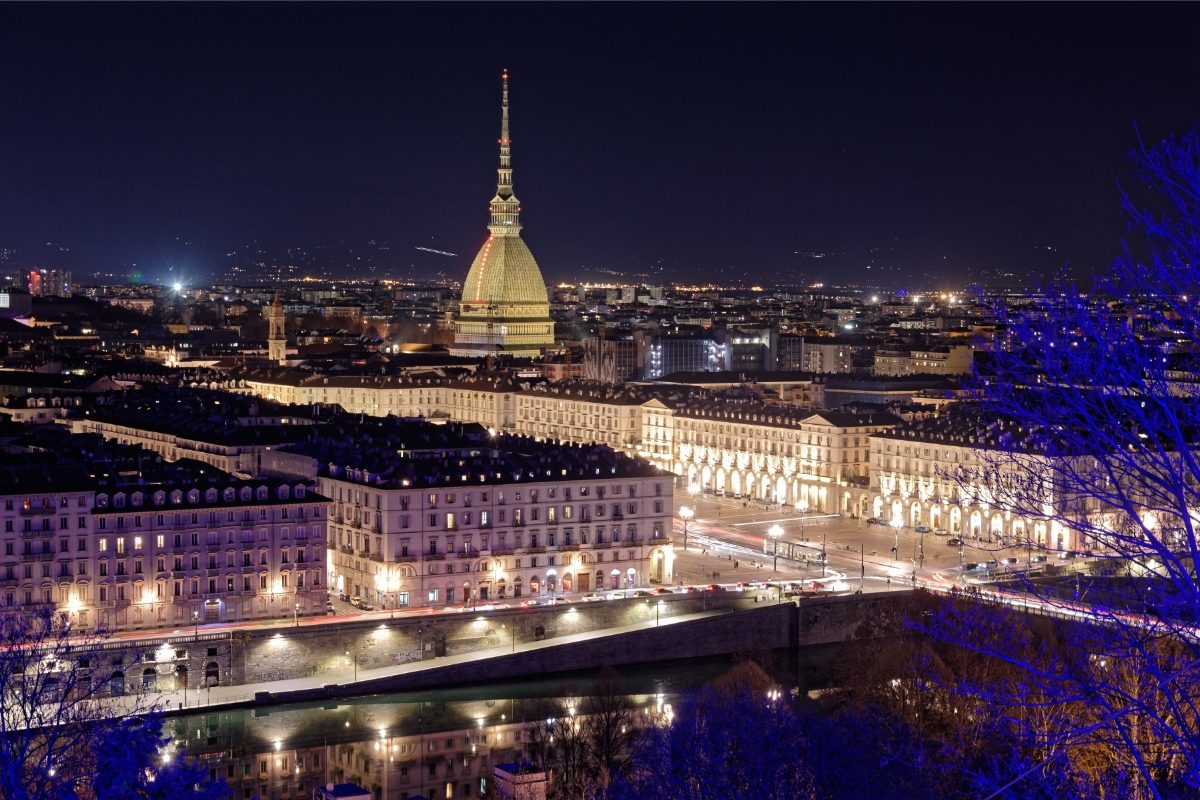
Milan’s nightlife is more fast-paced and glamorous. The city has a mix of exclusive clubs and casual bars.
Corso Como is famous for its upscale clubs where you might spot celebrities. Cover charges can be steep, often €20-30.
Turin’s nightlife is more laid-back but still fun. The city has a thriving craft beer scene.
Many bars offer live jazz or indie rock performances. Piazza Vittorio Veneto is a popular spot for bar-hopping.
Both cities have great options for couples. In Milan, try the rooftop bars for stunning views. In Turin, cozy wine bars are perfect for a romantic night out.
Leisurely Strolls and Parks
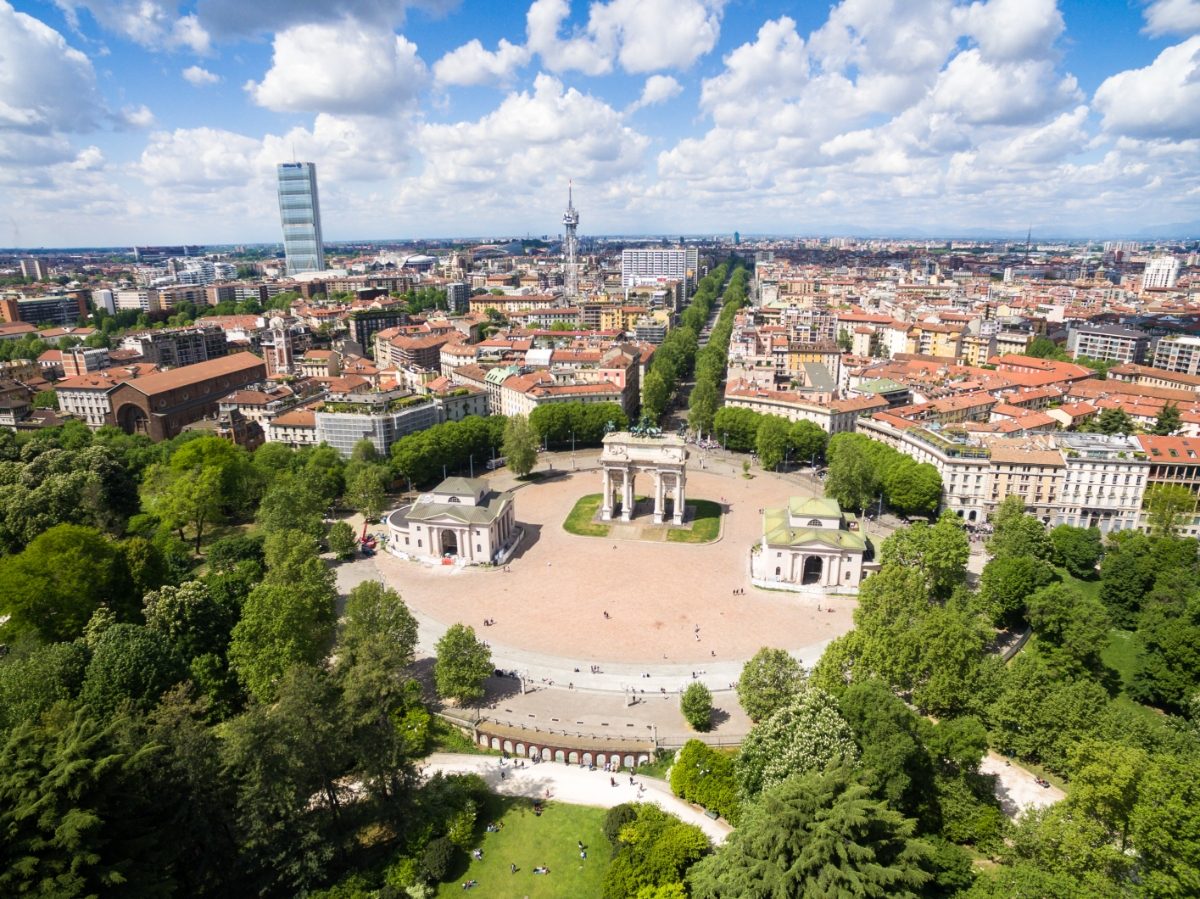
Parco Sempione is Milan’s green heart. It’s ideal for picnics, jogging, or just relaxing. The park surrounds the Sforza Castle, adding a historical touch to your stroll.
Turin’s Parco del Valentino is a beautiful riverside park. It’s great for bike rides along the Po River. The park also houses a medieval village and a botanic garden.
Both cities have lovely piazzas for people-watching. In Milan, the Piazza del Duomo is always buzzing, and royal palaces and museums surround Turin’s Piazza Castello.
For a unique experience in Turin, take the elevator up to Monte dei Cappuccini. The city and the Alps view is breathtaking, especially at sunset.
Architecture and Design
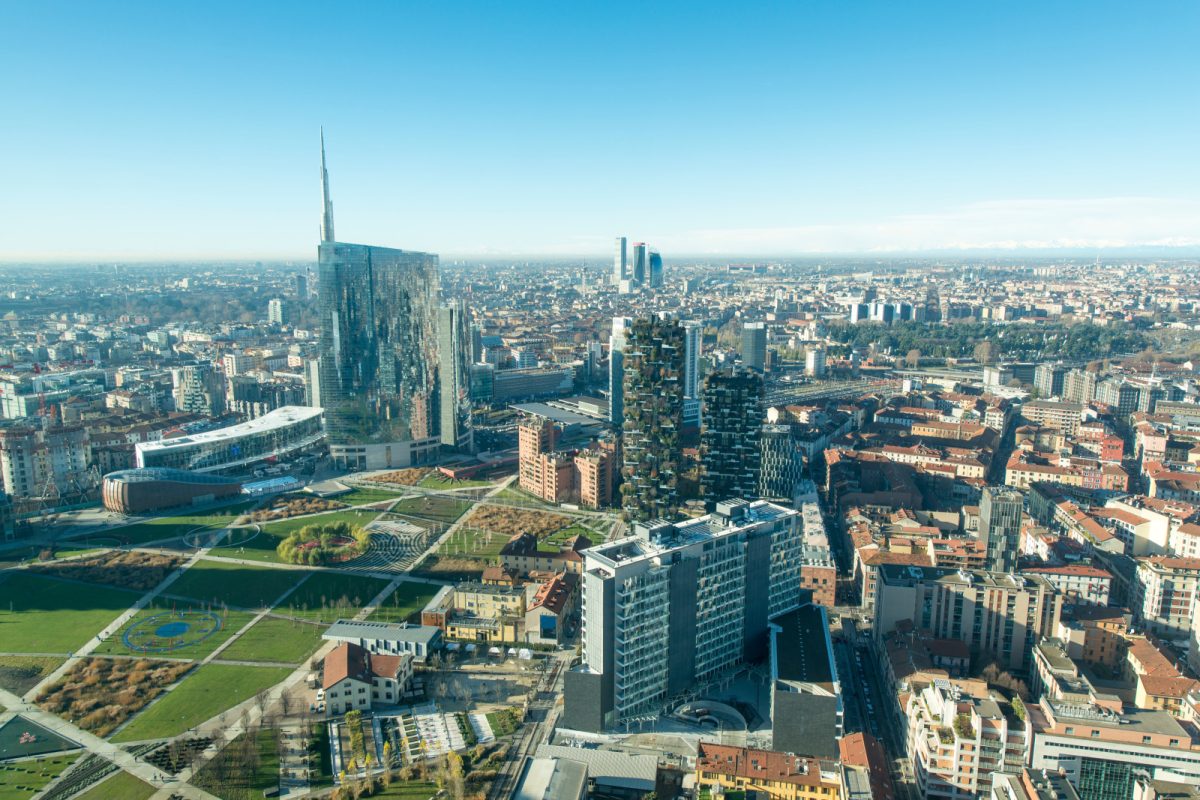
Turin and Milan showcase Italy’s architectural brilliance through contrasting styles. Each city boasts unique buildings that reflect their distinct histories and cultural identities.
Architectural Wonders
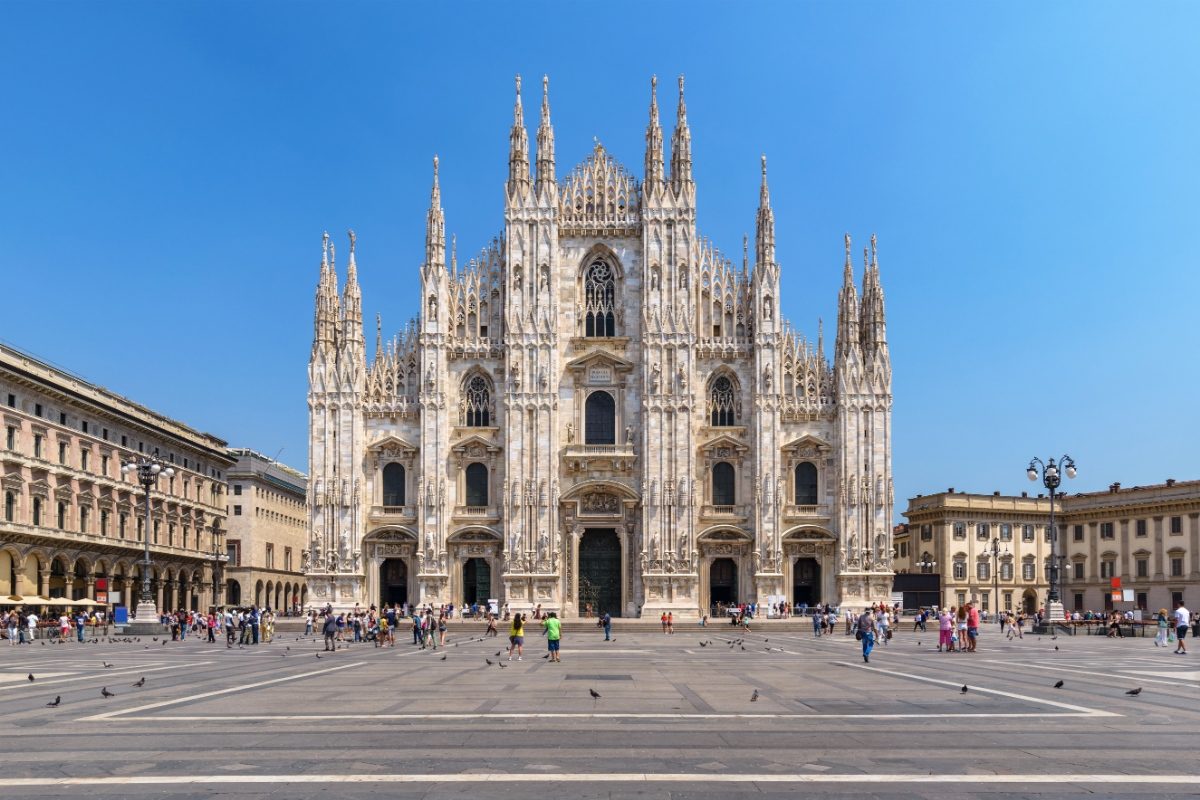
Turin’s royal legacy shines through its majestic palaces. The Royal Palace of Turin, a UNESCO World Heritage site, dazzles visitors with its Baroque grandeur. The city’s elegant squares, like Piazza Castello and Piazza San Carlo, feature stunning arcades and palaces.
Milan’s star is the Duomo di Milano, a Gothic masterpiece that took nearly six centuries to complete. Its intricate spires and statues make it a true marvel. With its glass-domed roof, the nearby Galleria Vittorio Emanuele II is a shopper’s paradise and architectural gem.
Castello Sforzesco in Milan is a testament to the city’s medieval past. Once home to powerful dukes, it now houses museums and art collections.
Design Evolution Over Time
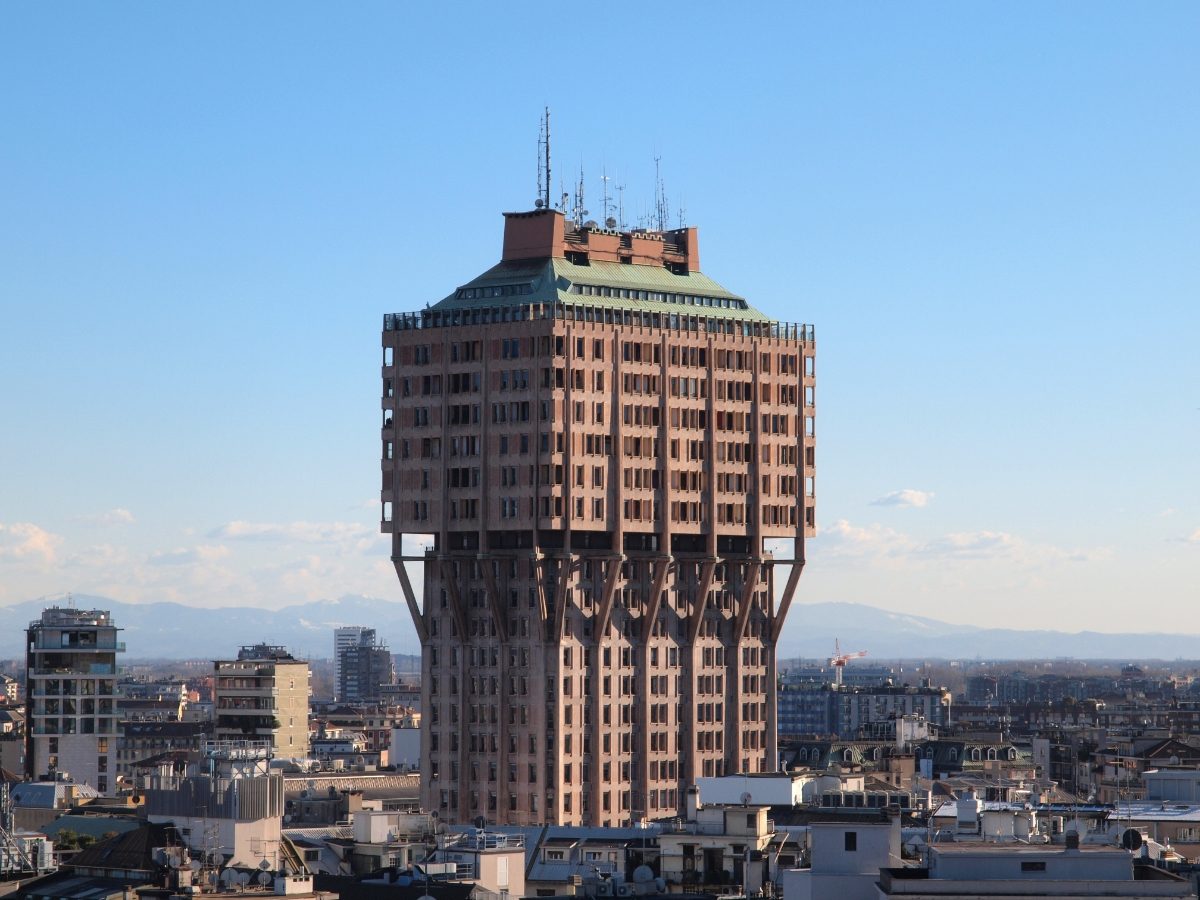
Turin embraced Art Nouveau in the early 20th century. The city boasts over 150 Art Nouveau buildings, making it a treasure trove for fans of this ornate style. Casa Fenoglio-Lafleur is a prime example, with its floral motifs and curvy lines.
Milan’s design evolved differently. After World War II, the city became a hub for modernist architecture. The Torre Velasca, built in the 1950s, stands out with its unique mushroom-like shape.
Both cities have seen a recent surge in contemporary design. Milan’s Bosco Verticale, two residential towers covered in trees and plants, shows the city’s commitment to sustainable urban living.
Modern and Historical Blends
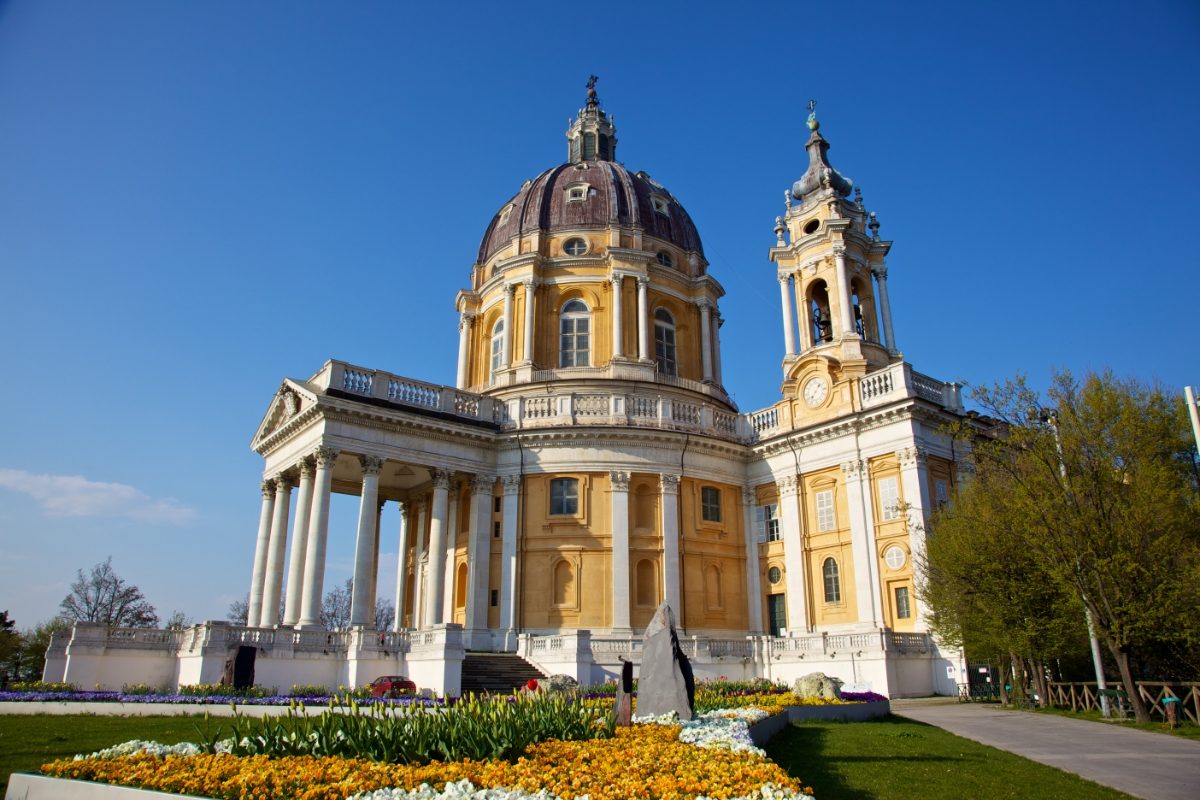
Turin’s mix of old and new is evident in its revamped industrial areas. Once a Fiat factory, the Lingotto building now houses shops, hotels, and a rooftop test track.
Milan balances its historical treasures with cutting-edge structures. With its futuristic skyscrapers, the sleek Porta Nuova district starkly contrasts the city’s ancient core.
Churches in both cities span centuries of design. Turin’s Baroque Basilica di Superga offers panoramic city views. Milan’s Sant’Ambrogio, with its Romanesque style, dates back to the 4th century.
See Related: Where to Stay in Italy for a Month: Top Unforgettable Destinations for Every Budget
Nature and Surrounding Attractions
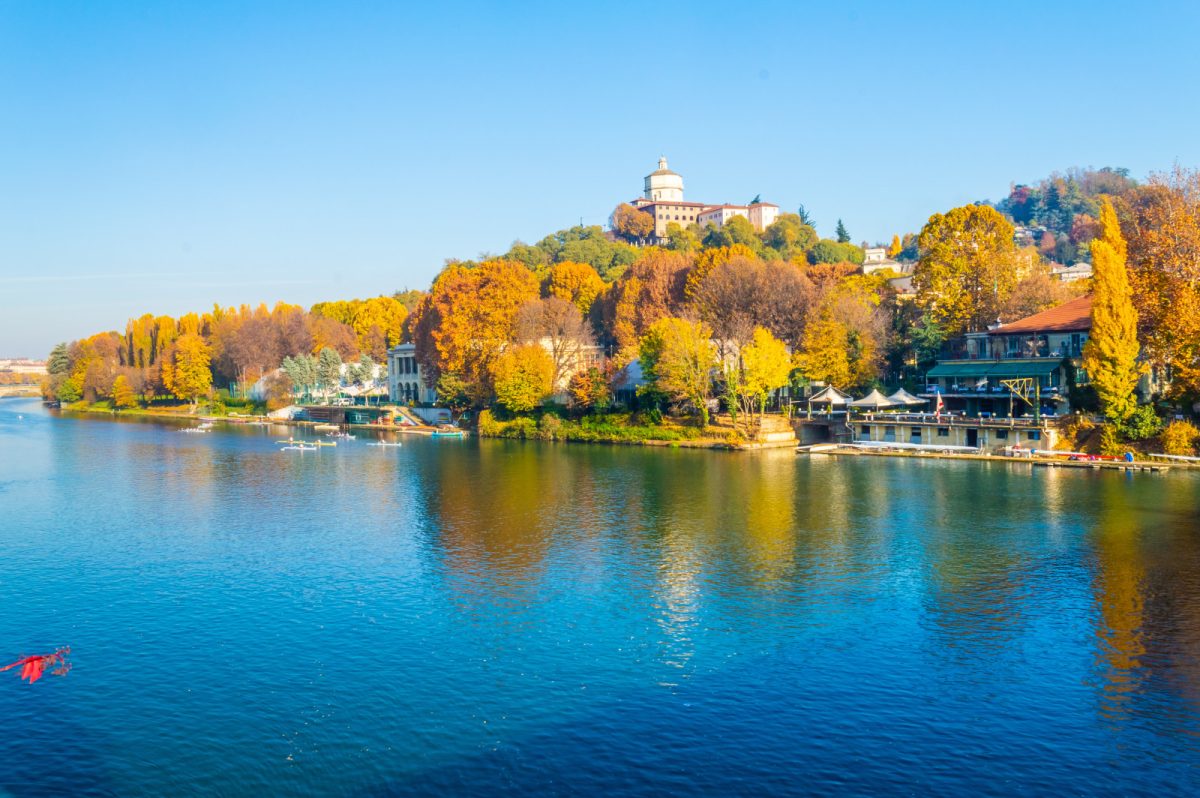
Turin and Milan offer beautiful natural landscapes and exciting day trips for outdoor enthusiasts. Both cities provide easy access to beautiful lakes, majestic mountains, and picturesque countryside.
Day Trips and Lakes

Lake Como near Milan is a must-visit spot. Its stunning villas and charming towns like Bellagio make for a perfect day out.
Lake Maggiore, shared by Italy and Switzerland, is another gem with its Borromean Islands. From Turin, Lake Orta is a hidden treasure. This small lake has a magical island, Isola San Giulio, with a 12th-century basilica.
Turin also offers quick trips to the wine regions of Langhe and Asti. Here, you can sip world-class Barolo and Barbaresco wines amid rolling hills and vineyards.
Alps Adventures and Hikes
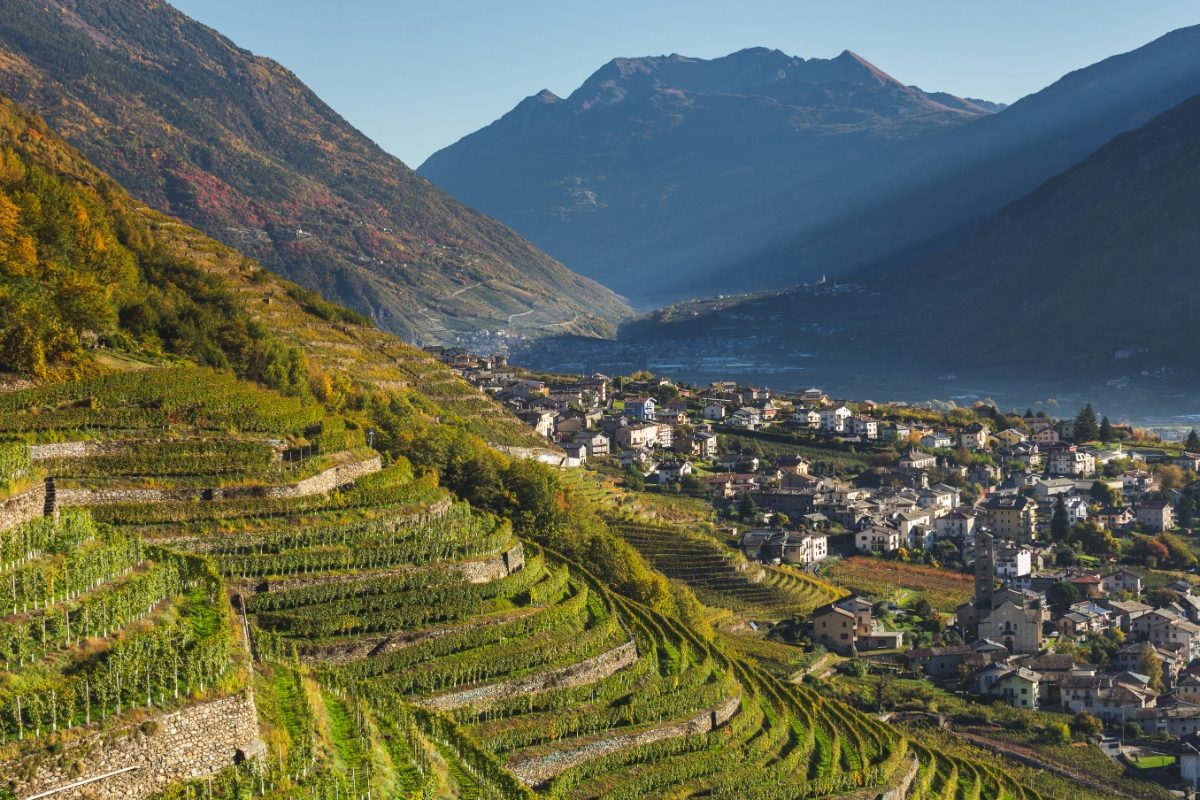
The Alps are a playground for nature lovers near both cities. From Milan, the Valmalenco area in Valtellina is great for hiking and skiing.
It’s about 2.5 hours away by car. Turin has an edge here, being closer to the mountains. The Gran Paradiso National Park is just 1.5 hours away.
Italy’s oldest national park is home to ibex, chamois, and golden eagles. The park has trails for all levels, from easy walks to challenging climbs.
Picturesque Scenery and Landscapes
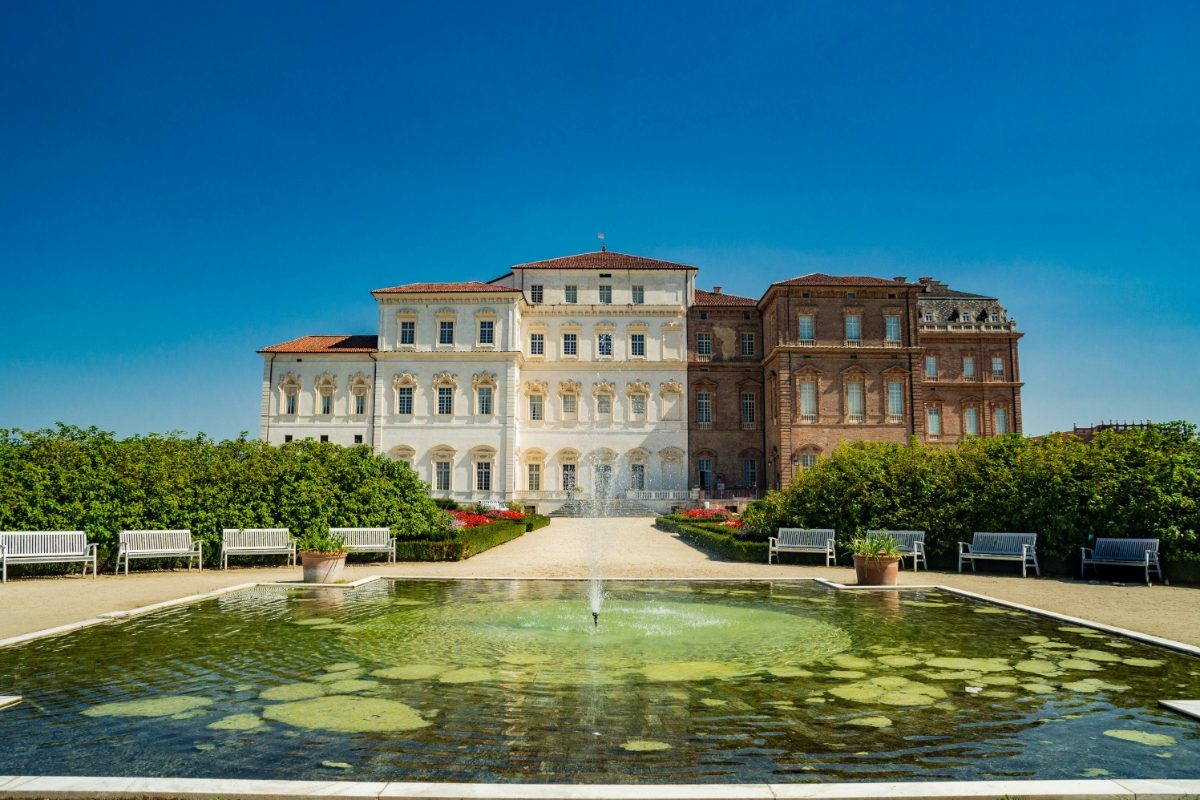
Turin wins for its nearby scenery. The city is surrounded by hills on its east side, offering great views. The Superga Basilica, perched on a hill, offers a panoramic view of Turin and the Alps.
Milan’s countryside is flatter but still beautiful. The rice fields of Pavia, south of Milan, create a unique landscape. They’re especially stunning at sunset.
For a royal treat near Turin, visit the Venaria Palace. This UNESCO site has gorgeous Baroque gardens and a vast park perfect for walks or bike rides.
Book tours and activities in Italy to make the most of these natural wonders. Both cities offer great bases for exploring Northern Italy’s diverse landscapes.
Innovations and Industry
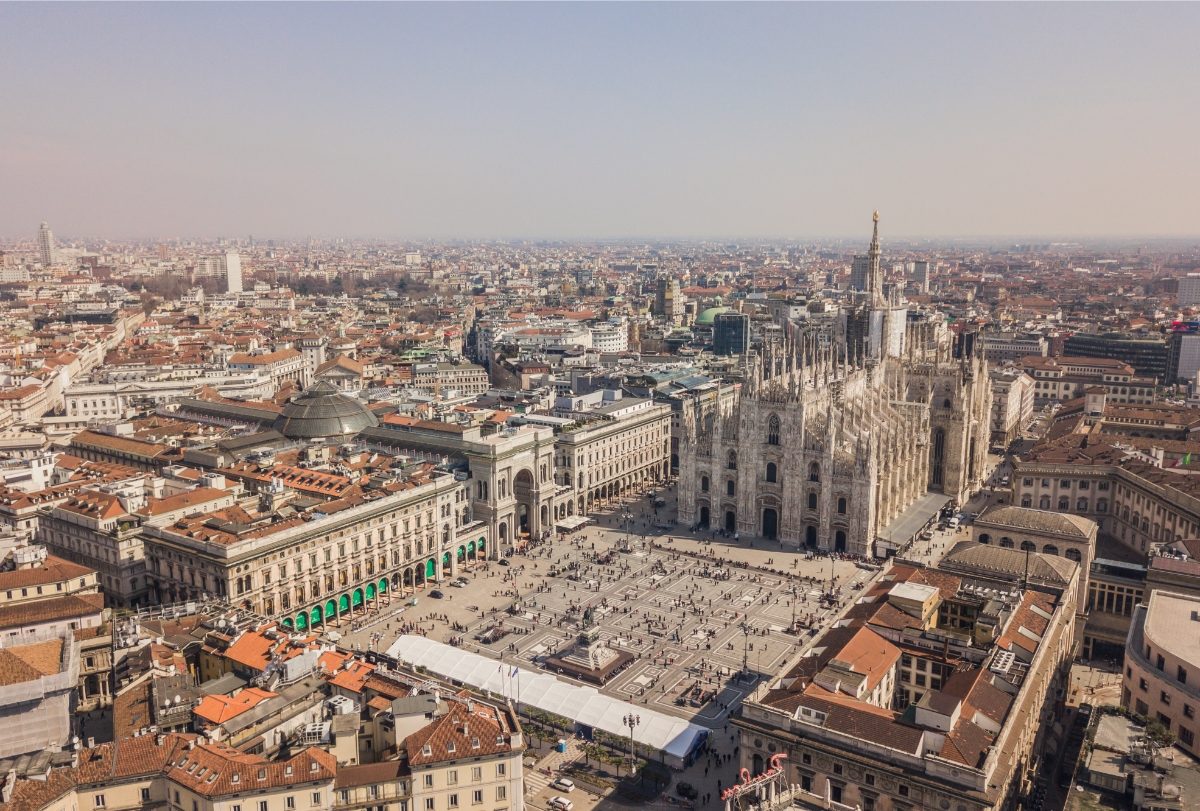
Turin and Milan stand out as powerhouses of innovation and industry in Italy. These northern cities have played pivotal roles in shaping the country’s technological and economic landscape.
Automotive Excellence and Museo dell’Automobile
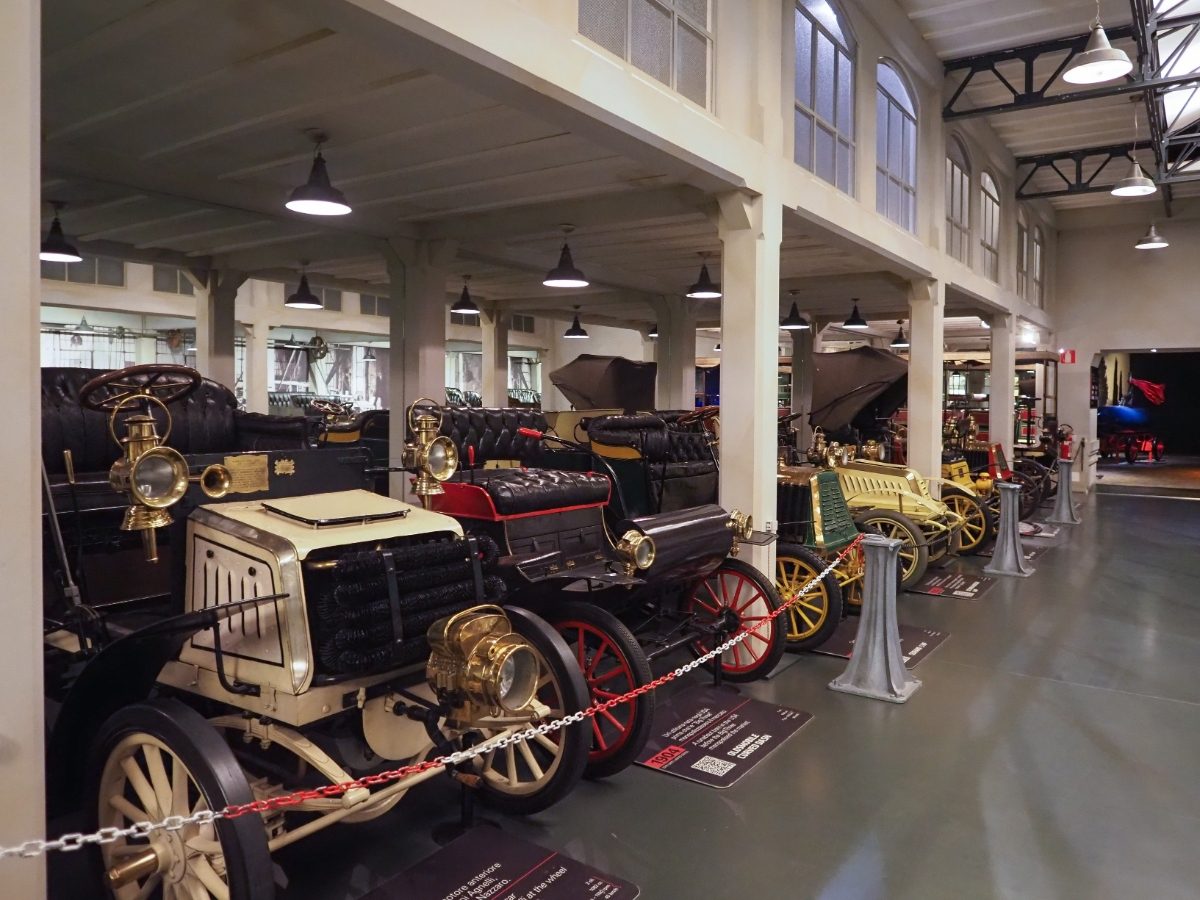
Turin’s reputation as Italy’s “Motor City” is well-deserved. The city gave birth to Fiat, now part of Stellantis, which transformed the automotive world.
Car enthusiasts can’t miss the Museo dell’Automobile. This gem houses over 200 vehicles from 80 different brands. Visitors can marvel at vintage Ferraris, futuristic concept cars, and everything.
The museum isn’t just about ogling shiny vehicles. Through interactive exhibits, it tells the story of Turin’s automotive heritage.
Tickets cost €12 for adults and €8 for kids. To beat the crowds, Go on a weekday morning.
Technical and Scientific Contributions

Both cities boast impressive technical and scientific museums. Milan’s Leonardo da Vinci National Museum of Science and Technology is a must-visit. It’s Italy’s largest science museum, with hands-on exhibits that bring inventions to life.
Turin has its science gems. The Regional Museum of Natural Sciences showcases the area’s biodiversity, while the Museo A come Ambiente focuses on environmental education.
These museums offer a fun, educational day out for families. Most charge around €10-15 for adult admission.
Modern Business and Trade
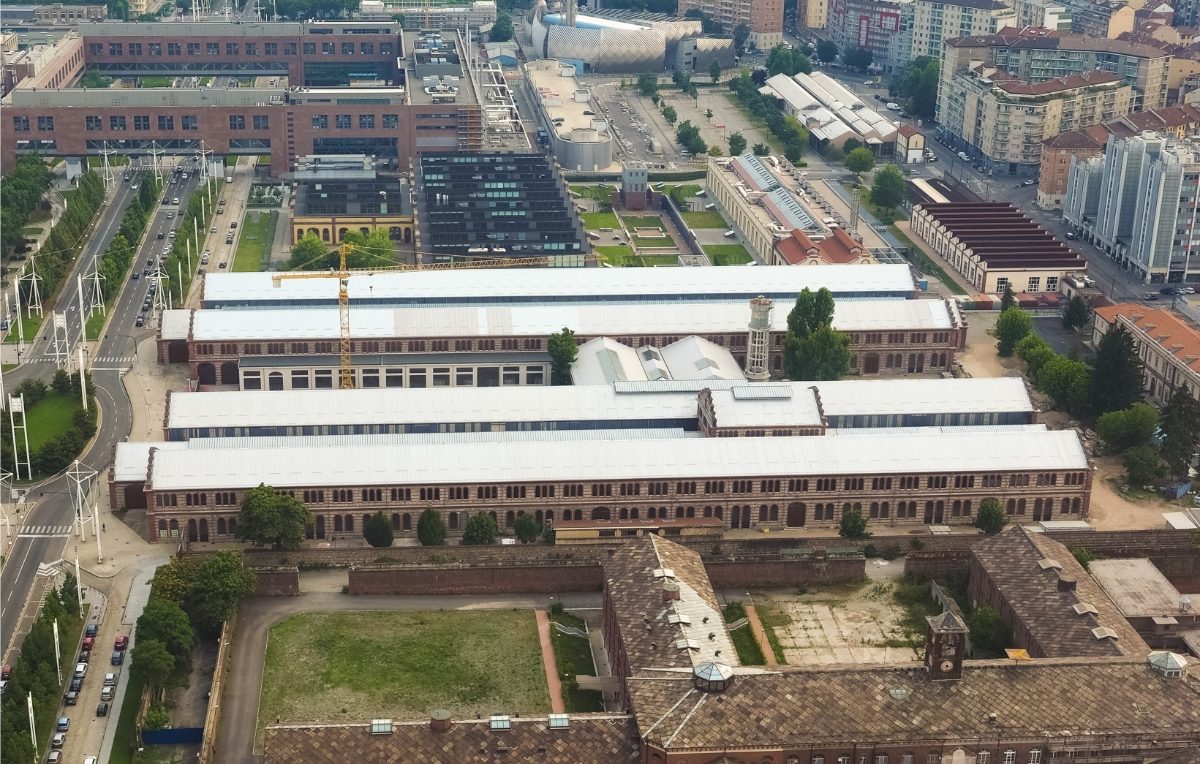
Milan shines as Italy’s business capital. Its skyline, dotted with sleek skyscrapers, reflects its modern outlook. The city hosts major trade fairs like Milan Fashion Week and the Salone del Mobile Furniture Fair, which draw thousands of visitors and generate millions in revenue.
Turin’s been reinventing itself, too. The city’s embracing tech startups and innovation hubs. The OGR – Officine Grandi Riparazioni is a prime example.
This former railway workshop now hosts concerts, art exhibits, and tech events. It’s become a symbol of Turin’s transformation from an industrial powerhouse to a creative hub.
See Related: How to Experience Italy Like a Local in Just 7 Days
Frequently Asked Questions

Turin and Milan offer unique experiences for visitors. Each city’s attractions, costs, and culture set it apart. Let’s explore some common questions travelers have when deciding between these two Italian destinations.
What are the must-visit attractions when traveling to Turin?
Turin’s top sights include the stunning Mole Antonelliana, home to the National Cinema Museum. The Egyptian Museum is a treasure trove of ancient artifacts.
Don’t miss the Royal Palace, a grand Baroque residence. Car enthusiasts love the Museo dell’Automobile. For amazing views, take the funicular up to Superga Basilica.
How does the cost of living in Turin compare to Milan?
Turin is generally cheaper than Milan. Meals out, groceries, and accommodations cost less in Turin.
A meal at a mid-range restaurant in Turin might cost €25-35; in Milan, it could cost €35-50. Rent for a one-bedroom apartment in Turin’s city center averages €600-800 per month, compared to €1000-1400 in Milan.
Can Turin be easily explored as a day trip from Milan?
Yes, Turin makes a great day trip from Milan. High-speed trains run frequently between the cities, taking about an hour each way.
Leave Milan early, spend the day exploring Turin’s highlights, and return in the evening. It’s doable, but you’ll want to plan your itinerary carefully to maximize your time.
What unique experiences does Turin offer that differ from Milan?
Turin is famous for its chocolate and coffee culture. Try bicerin, a layered drink of espresso, chocolate, and cream. The city’s historic cafes are architectural gems.
Turin’s beautiful porticoed streets are perfect for strolling. The city also has a more relaxed vibe compared to bustling Milan.
How frequent are train services between Milan and Turin?
Trains between Milan and Turin run very often. On weekdays, during peak hours, there’s usually a train every 30 minutes. The fastest trains take just under an hour.
Slower regional trains, which are cheaper, take about two hours. Tickets can be booked online or at the station.
What are some cultural differences between Turin and Milan?
Turin has a more laid-back atmosphere than Milan. It’s less crowded and feels more authentically Italian.
Milan is known for fashion and business, while Turin has a rich automotive history. Turin’s cuisine features hearty Piedmontese dishes, while Milan is famous for risotto and cotoletta. Turin embraces aperitivo culture with gusto, often offering more generous spreads than Milan.

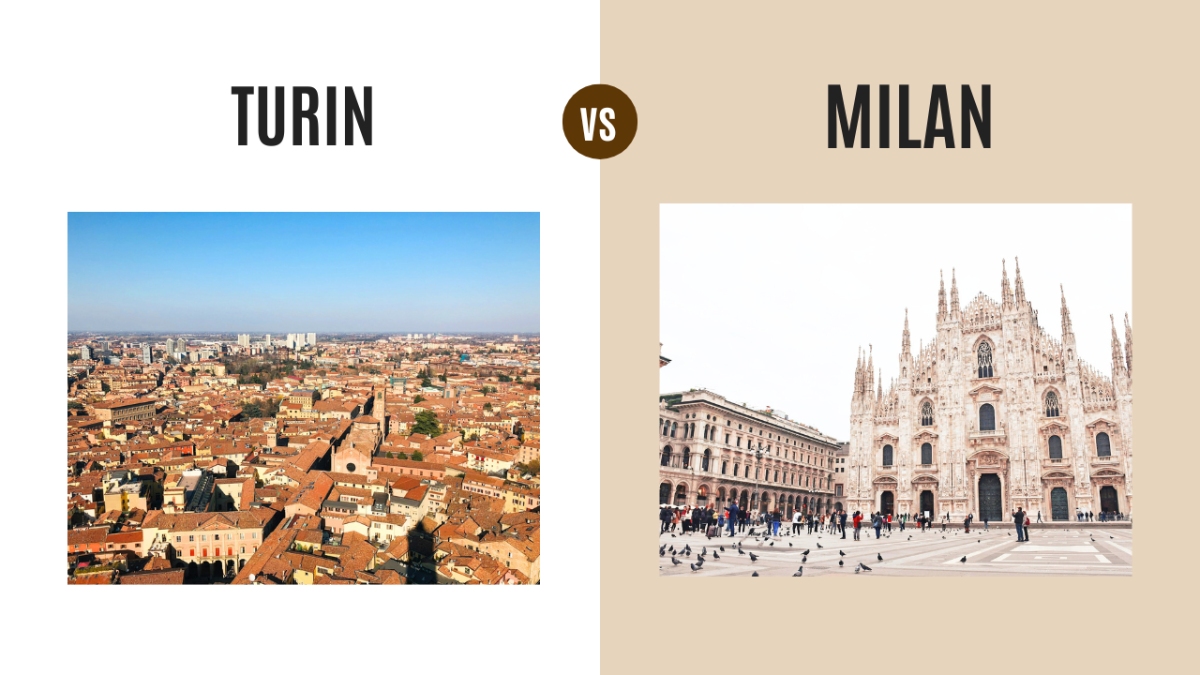
0 Comment